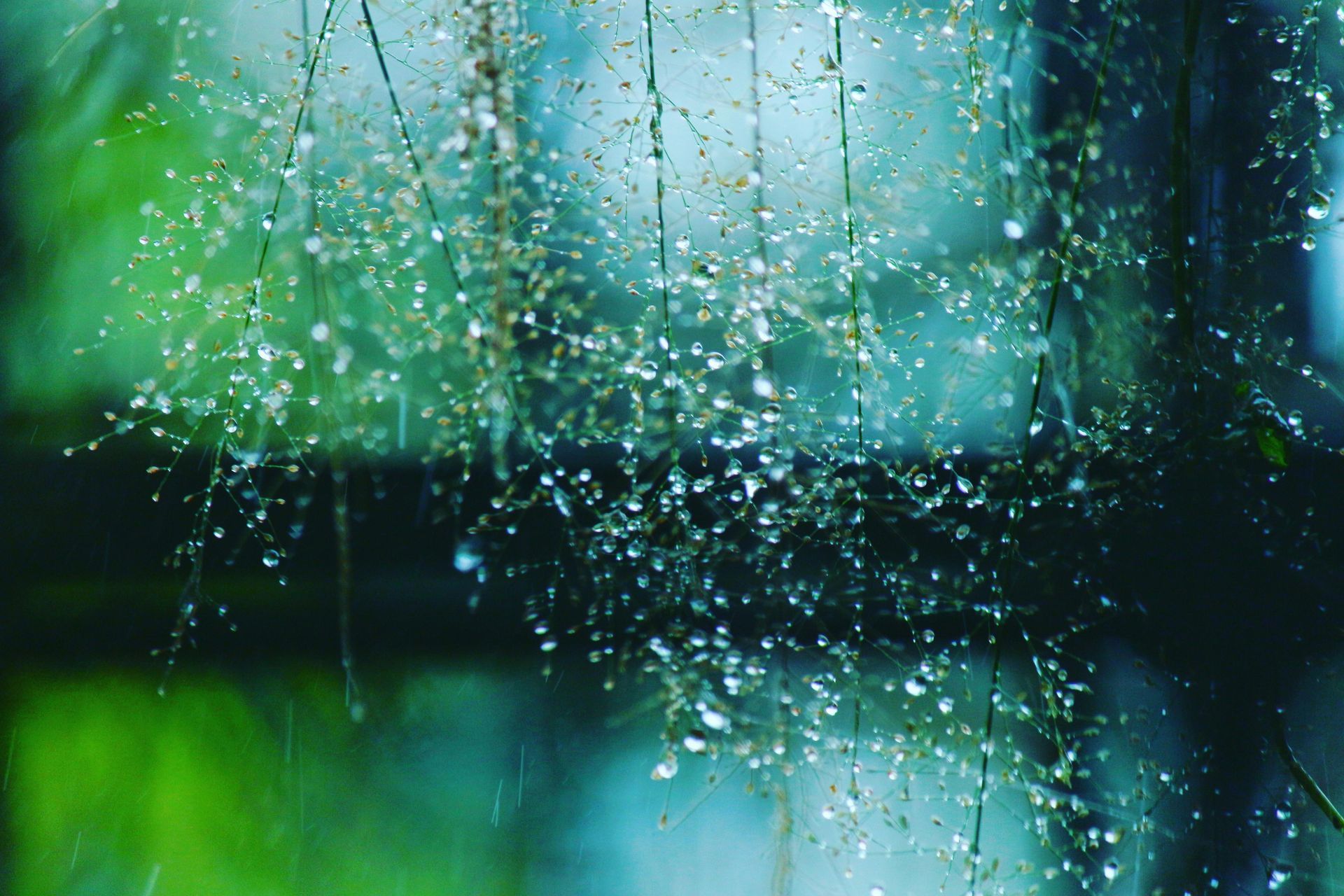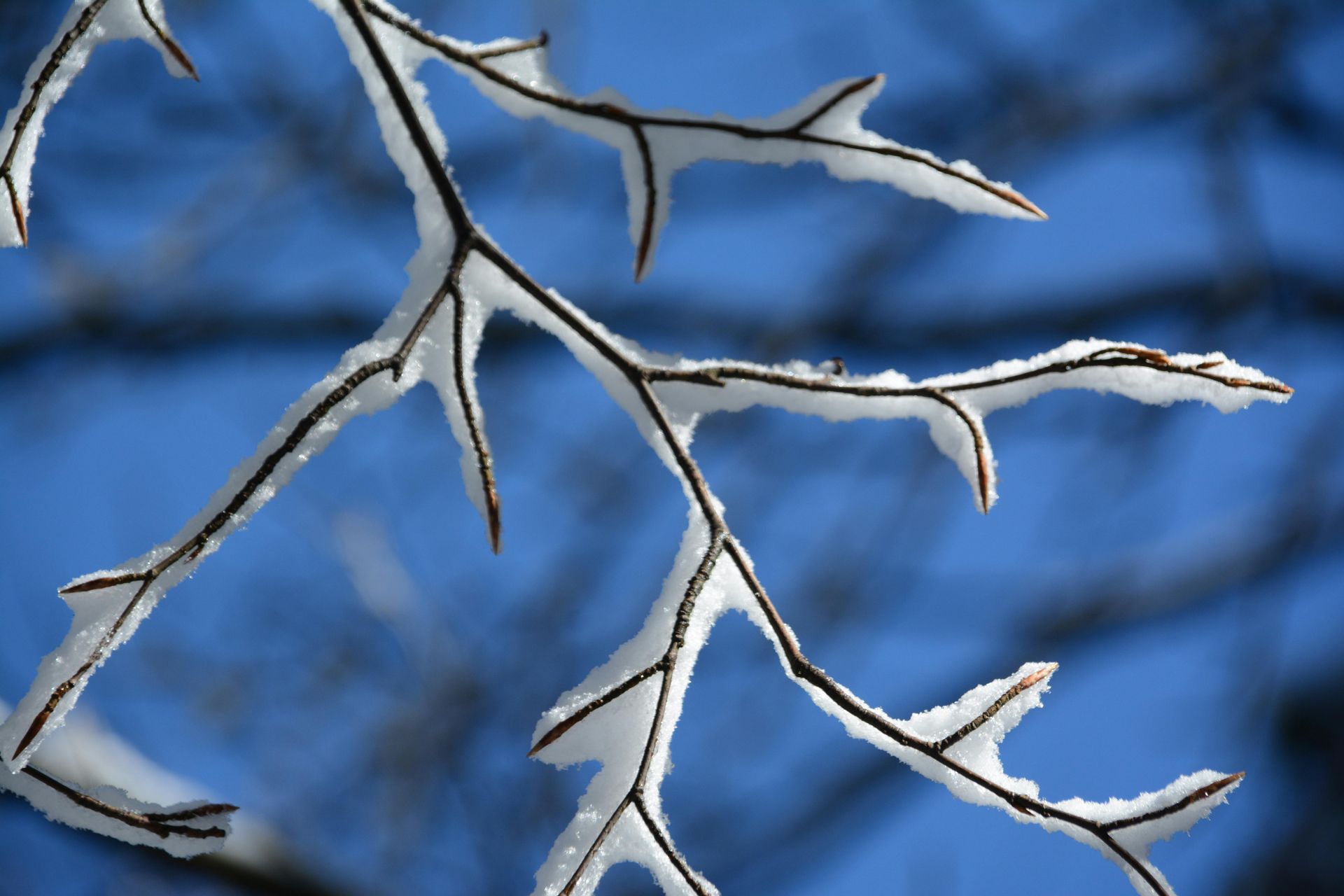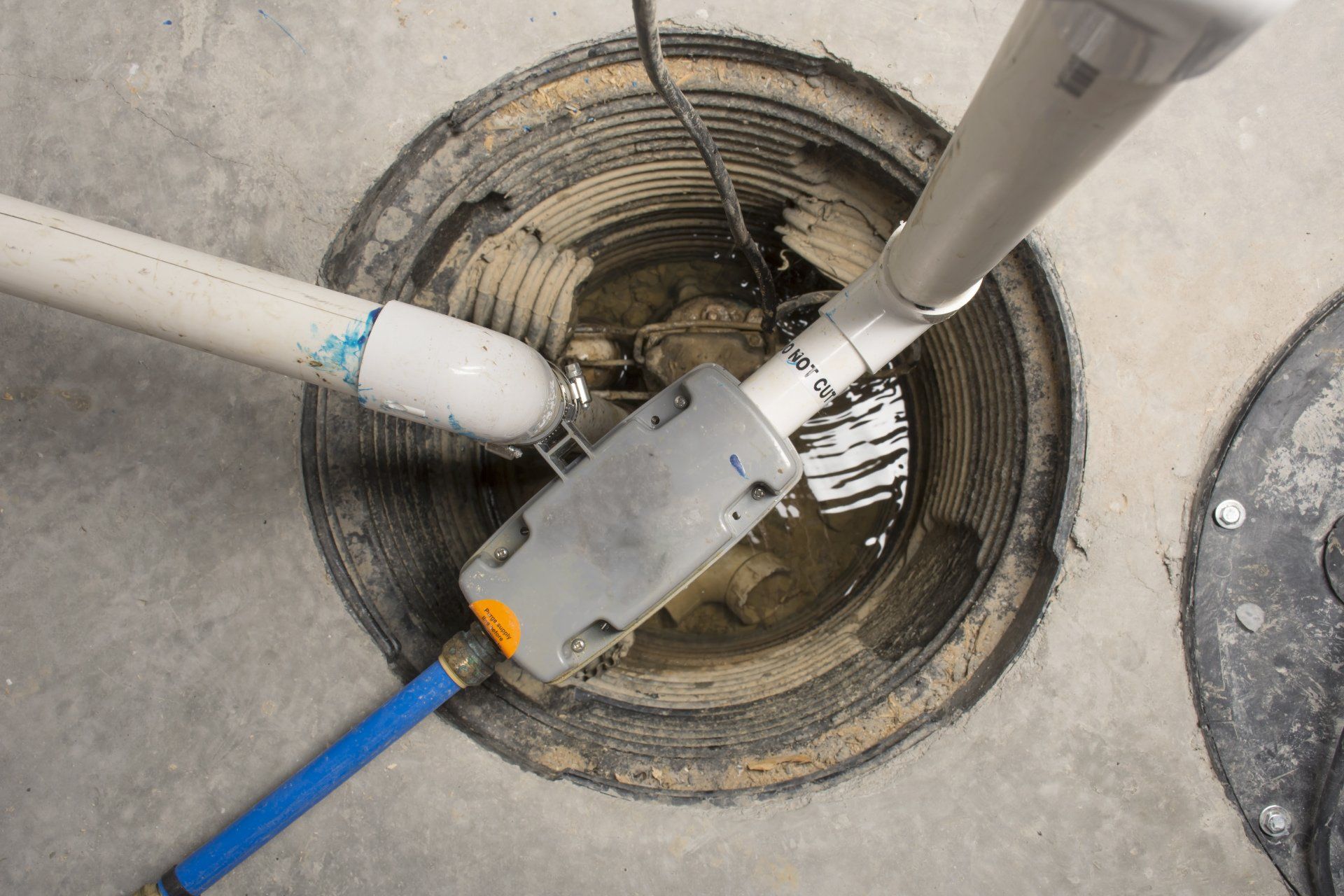Is Your Yard Prepared for the Spring Rains in the Midwest? Options for Drainage Systems that Work
Best Drainage Systems for Your Home

Spring is one of the most beautiful seasons, with blooming fresh flowers and budding trees. This is especially true in the Midwest after a brutal winter full of gray skies, ice/snow, and frigid temps. The spring is certainly a welcomed season! However, as with blessings, homeowners can have several worries about rain in some parts of the Midwest. The summer droughts may be happy to see the spring rains, but your home's foundation and drainage systems may be on overload! A 2018 study at Purdue University found that runoff from spring rains could increase by 40% to 70% in some areas in the Midwest. That's a lot of rain in a short amount of time!
The spring rains can easily lead to various flooding and drainage issues in the yard, which could be a big headache for homeowners in the Kansas City, Overland Park, Shawnee, Olathe, Blue Springs, Lee's Summit, and Liberty areas. A proper drainage system is needed to protect your
yard from the water damages caused by heavy spring rains.
Continue reading this guide to answer the question at hand - Is Your Yard Prepared for the Spring Rains in the Midwest? Options for Drainage Systems that Work and recommendations for protecting your yard from spring rainfall.
Common Yard Damages Caused by Spring Rainfall
Before going to the solutions, let’s have a quick glimpse at the common yard damages that can
be caused by heavy spring rainfall:
- Flooded lawns
- Basement leaks
- Erosion issues
- Foundation cracks
- Standing water hazards
- Clogged gutters
- Tree root damage
- Mildew and Mold growth
- Damaged driveways
- Soil compaction
- Damaged landscaping
- Waterlogged plants
7 Essential Steps for Yard Care During Spring Rains in the Midwest
Here are the 7 essential steps, vetted by the experts, for yard care during the spring rains in the
Midwest.
1. Clear Debris and Prevent Pooling
Before doing anything, you need to do a "spring cleaning" on your yard. Remove debris like leaves, twigs, and other detritus that cause standing water and lead to drainage issues. Consider cleaning the following areas:
i) Lawn
Inspect your lawn for dead grass, leaves, and other debris. The layer formed from debris is known as thatch. A little thatch is fine, but when it gets thicker than ½ to ¾ inch, it can block water, air, and nutrients from reaching the soil. Before spring, when the problem could worsen, it's a good idea to rake your lawn to break up this thatch. Use a soft, flexible rake instead of a stiff one for this.
RELATED: How and Why to Dethatch a Lawn
ii) Garden beds
Inspect and clean your garden beds of fallen leaves and dead plant material. This is important for the soil and improves the overall water drainage of your yard. It will also reduce the risk of root rot and other issues caused by excess moisture.
iii) Driveways and walkways
Don't miss this to check driveways and walkways for debris and any potential drainage issues. Then, you can easily define cracks, potholes, or any areas where the surfaces need to be fixed. A damaged driveway and sidewalk worsen the issues with spring rainfall. Aside from the debris, the freeze/thaw cycle may have caused some problem issues on your driveway and sidewalks. Keep an eye out for uneven concrete, crumbling spots, or trip hazards.
iv) Gutters and downspouts
Gutters are your homes first line of defense against water damage by directing rainwater away
from your foundation. Inspect these areas for any clogs that formed over the winter. Clean them
properly to prevent many more problems, from structural damage to pest invasions that start
with spring rainfall.
2. Mowing, Aerating, and Fertilizing Your Lawn
This is the time to address soil compaction in your lawn. Aerate your lawn using a high-quality lawn aerator, especially the part with heavy traffic. Opening up the soil to get nutrients and oxygen and prevent soil fragments are essential. Next, take your mower to mow your lawn, and cut your grass at least 2 inches tall to promote healthy growth. Ensure to use a sharpened mower blade to avoid tearing the grass, which can cause brown tips. Lastly, fertilize your lawn lightly to ensure plants get the necessary nutrients to kickstart their growth. Avoid too much fertilizer in the spring, as it can also lead to weed problems.
3. Check and Prune Trees and Shrubs
Pruning trees and shrubs is an essential part of springtime maintenance, as plants need special
care during this season. It helps keep plants healthy and ensures new growth. Also, you can see any dead, diseased, or damaged branches and take proactive action in time. While doing so, remove any unwanted lower branches from evergreen trees and shrubs, especially in late winter. It will improve air circulation throughout your yard and prevent disease.
4. Improve Drainage with French Drains
It is common in spring that excess water from spring rain and snowmelt starts drowning the plants and ruining your landscaping efforts. You need to make arrangements to redirect the water to prevent various issues, like pest and structural damage, caused by standing water. You can improve the drainage system with the French drain system.
It is an underground drainage system made of a perforated pipe that is surrounded by gravel. This unique setup moves extra water away from your yard and prevents waterlogging. Many homeowners in the Midwest choose this cost-effective solution for their yards to improve soil quality, reduce the risk of flooding, and stop erosion.
5. Waterproof the Basement
Though rainfall is typical in the Midwest during spring, heavy snowfall and rainwater from winter can affect your home’s basement foundation walls. So, it is essential to waterproof your basement to stop the issues from getting worse and prevent leaks and flooding.
A well-waterproof basement not only protects your home from excessive moisture buildup but also adds an extra safety layer for your items in the basement. Professional basement waterproofing teams, as you find at PierMagic, first inspect basements for any cracks or weak spots in the walls or foundation. If needed, they will seal the areas and apply waterproof coatings to ensure your basement stays dry and secure during the rainy season.
6. Install a Sump Pump
Installing a sump pump is an essential addition to your yard care routine for spring rains in the Midwest. This specialized device pumps water out of a sump pit to prevent pooling and other flooding-related issues. This may include severe water damage, foundation cracks, and mold growth. This advanced device automatically activates when the water level in the pit gets too high.
There is a discharge pipe attached, through which the pump then pushes the water away from
the house.
Through this effective method, you can effectively maintain your homes structural integrity and keep your living space healthy from unwanted pests and mold growth. However, always try to install a sump pump with a backup power source in case of a power outage.
7. Additional Concrete Driveway Maintenance
Driveways are an essential part of your yard, which is also vulnerable to the harsh effect of spring rains. A good maintenance routine helps keep it in good shape. It prevents cracks or damage from water and freezing temperatures in winter. Go through the following steps to maintain your driveway:
i) Check for cracks
Inspect your driveway for cracks and damage caused by seeped rain or snow. Even small
cracks can grow bigger over time, especially when water seeps in and freezes during the winter.
You need to fill the gap to prevent further damage.
ii) Seal the surface
A sealant works as a protective layer against moisture penetration, dirt, and stains. Before
applying any sealant, check the temperatures above 55 degrees Fahrenheit. The warm weather
helps the sealant bond effectively with your driveway. If it rains within 24 hours after sealing,
there is a higher chance that your sealant could wash away and ruin your long efforts.
iii) Avoid harsh deicing chemicals
After winter passes and the freeze-thaw cycle is over, it is best to deice your entire yard before
spring rainfall. For instance, avoid using harsh deicing chemicals or salts, as they can break
down the surface of your driveway and create more cracks.
To wrap up, good preparation for your yard before spring rains is essential to protect it from
severe damage and save you from further costly repairs. Regularly clean your gutters and
downspouts, fix any cracks, and ensure that water is getting away through an effective drainage
system.
However, it is always best to complete such tasks with professional hands. Contact our expert
team to assess your yard's drainage needs and get the right solutions to protect your home and yard during the rainy season.




